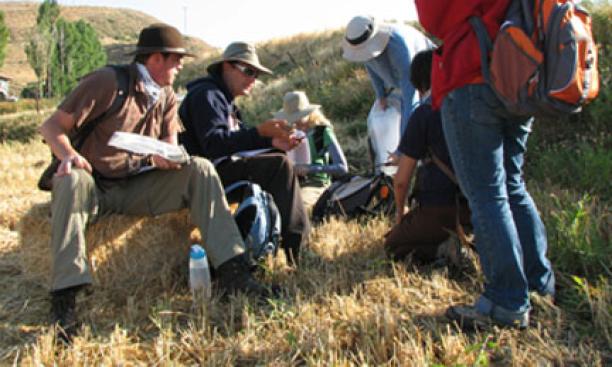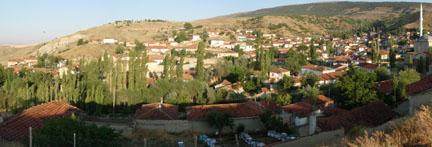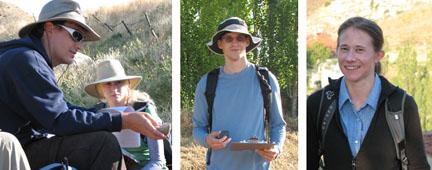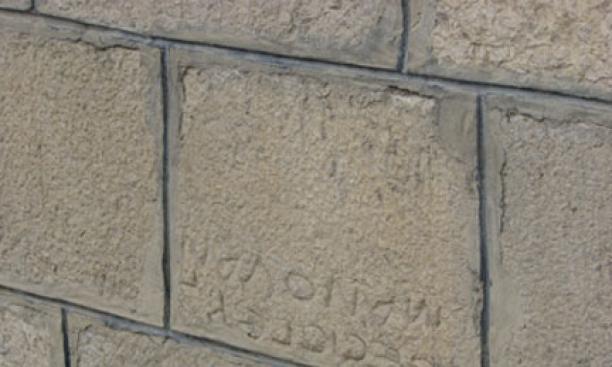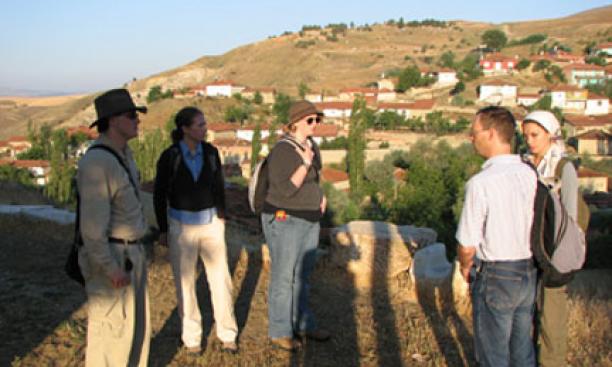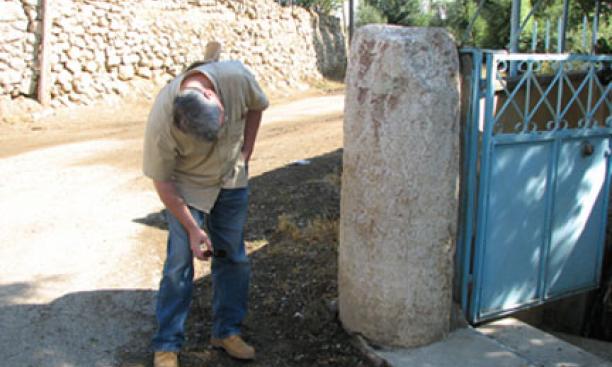PAW associate editor Brett Tomlinson’s video and slideshow of a Princeton professor’s archaeological survey.
From left, Princeton graduate students Zack Chitwood, Mark De Groh, and Sarah Brooks.
This Byzantine tombstone, now part of the foundation of a building in Beyözü, was among the artifacts Haldon and project director Hugh Elton observed when they visited the village in 2006.
Another Byzantine tombstone, analyzed by the Avkat team during its 2007 fieldwork. Photo courtesy of John Haldon.
Chitwood translates, from medieval Greek, an inscribed proclamation that promoted Euchaïta from a town to a city during the reign of Anastasius I (491-518 A.D.).
The early-morning sun casts long shadows as Elton, second from right, explains the daily schedule to the village survey team.
Haldon examines a Roman milestone in Kozören. The stone likely stood alongside the road to Amasya in the second or third century A.D.
Villagers are a source of valuable tips and warm hospitality. Here, a woman in Kozören shows Haldon and Elton an inscribed stone in a wall.
Haldon makes another new friend in Kozören. The child’s mother has gone to pour glasses of cold ayran, a salty yogurt drink, for the professors.
Chitwood and his team of field walkers examine the artifacts they have collected.
A map of artifact densities indicates where field walkers found significant amounts of chipped stone (yellows and browns), roof tiles or clay pottery (reds), and ceramics (greens). Image courtesy of the Avkat Survey Project.
